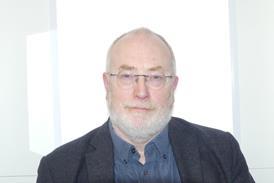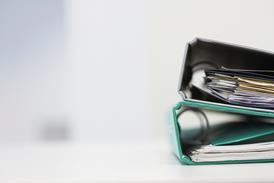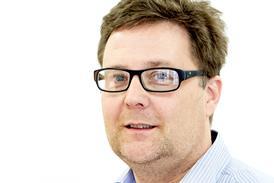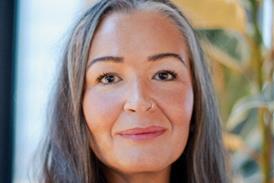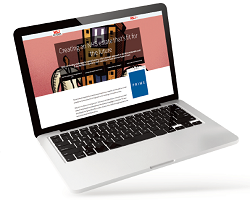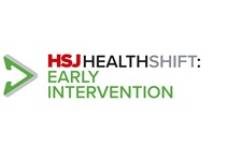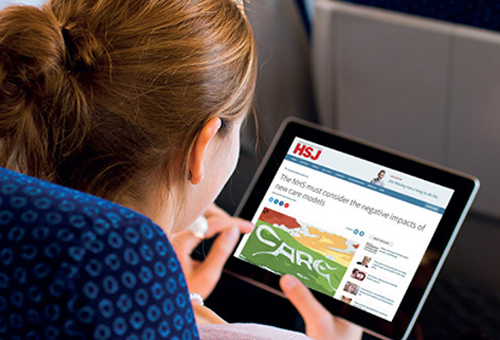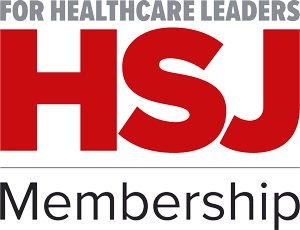A landmark event, co-hosted by Chiesi UK and Ireland and Metabolic Support UK, highlighted the profound impact authentic representation of people with rare diseases has on self-esteem, community support, and public awareness.
About a year ago, Kirsty Hoyle’s young son started pulling faces whenever someone attempted to take his photo.
Sponsored by and written for

“My son has a rare disease. He doesn’t see faces that look like him – ever,” Metabolic Support UK’s CEO told a landmark event in London. She discovered that William didn’t see any point in trying to look nice in family photos. He was “deliberately making himself look silly” because he thought he was silly.
The story powerfully illustrated her point that visual misrepresentation and the lack of authentic images of people with rare diseases have consequences: “This isn’t a minor issue. This is not just pictures. What you see matters. It has lasting impact.”
True Faces of Rare: Shaping Visual Representation Together saw more than 100 members of the UK rare disease community meet at the Queen Elizabeth II Centre on 17 July to explore what authentic representation in rare disease looks like and take the first steps towards positive change.
It felt quite unlike a conventional conference. “We are not going to be sad today,” said GP, broadcaster and event moderator Sarah Jarvis. “We are going to be inspired. Today is about getting change.”

The number of people this movement could benefit is significant: rare diseases collectively affect one in 17 people in the UK – which was the reason why 17 July was chosen to signpost to this important statistic.
For Chiesi, advancing visibility, equity and inclusion for people living with rare diseases is a core priority. The event signalled the formal launch of a pledge to create images of “real” people “directly affected” by specific conditions in materials about rare diseases. Already, 51 organisations – including the Association of the British Pharmaceutical Industry, Medscape and King’s College London – have signed the pledge.
The event reinforced a vital message from the rare disease community: “Nothing about us, without us”, ensuring people living with rare diseases are part of the decision-making process, including how they’re visually portrayed, is key to achieving lasting change.
Tony Lockett, a senior lecturer in the Centre for Pharmaceutical Medicine Research at King’s College London, set the scene by explaining how research shows “media representation can have a big impact on self-esteem”.
“Incorrect images directly increase conflict and stigmatisation… But it is possible to have positive visual representation – and when you do, you have validation and community support, and you end up reducing stereotypes,” he said.
“I have lived with stigma my whole life,” said government policy adviser and disability rights advocate Celia Chartres-Aris. “I want to be seen as more than just my diagnosis.”
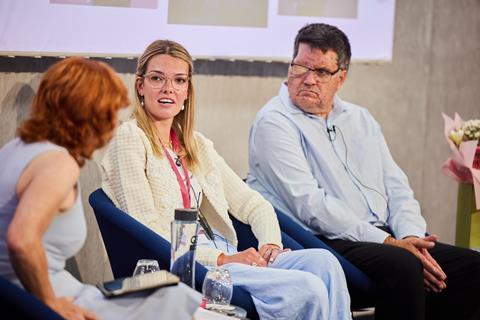
Ms Chartres-Aris showed photographs of how she would like to be seen: a smartly dressed young professional. Instead, as someone living with a rare genetic disease (Loeys-Dietz syndrome), the images which misrepresent her are, overwhelmingly, of an older person confined to a hospital bed: “I never see myself portrayed as a young person.”
Oliver Bromley, who works in the NHS, showed a photograph of himself with his wife on their wedding day: “I’m the same as you, but people point at me in the supermarket.” He has been refused service in a restaurant and asked to leave “because you’re scaring the customers”.
For Mr Bromley, who lives with neurofibromatosis type 1, accurate visual representation is important because it would make it easier to tell his story and normalise “difference”.
“I’m nothing to be scared of,” he said.
Authentic visual representation is bound up with ensuring marginalised people are not just seen but heard.
However, several speakers acknowledged that moving away from stock images and creating an authentic images ‘bank’ will need to be undertaken with great care. “It is easy to get one person from a community and make them the ‘face’ of that community, but is it the right thing to do? Probably not,” said Laura Smith van Carroll, Metabolic Support UK’s head of insight and advocacy.
Important issues of consent will have to be worked out, and conditions placed on who can access images and how often they can be used. Overusing an image could make it an emotional burden for the person in the picture, said Ms Smith van Carroll.
Ms Smith van Carroll is one of the authors of a recent study (published in the journal Rare) exploring the image preferences of people living with rare diseases. Jointly produced by Chiesi UK and Metabolic Support UK, the study showed 80 per cent of people living with rare diseases want authentic images rather than unrealistic or stock images.
The message from the study, movingly reinforced by the True Faces of Rare event, is that achieving a cultural shift towards authentic representation of people living with rare diseases will amply reward the care it demands.
“What we do here today matters,” Kamran Iqbal, Chiesi UK’s head of medical affairs and patient advocacy, global rare diseases, told the event audience. “When visual representation is done well, it doesn’t just raise awareness – it builds trust.”
This article has been funded by Chiesi UK, including editorial input. The author has received a fee for writing this article.





